We should build train stations in the middle of nowhere
Australia needs a philosophical shift in how we view public transport infrastructure.
Imagine you were building a house and your builder waited until the last possible moment to install the plumbing.
All your brand-new beautiful finishes and cabinetry gets torn up to make room for the plumbing. Your wife is so mad.
You confront the builder, rightfully demanding to know why he would do this. Is this his first job? Is this a prank? Is he on bath salts? Does he hate you?
The builder looks perplexed at your reaction, "There was nobody living in the house during construction to justify investing in the plumbing. Plumbing doesn’t stack up until there are people in the house to use it".
<End Scene>
While admittedly not a perfect metaphor, this is basically how we manage urban growth in Australia.
When we build houses, we construct them in the right order, because we correctly understand a house to be a single cohesive thing, made up of lots of smaller things. The contained scale of a house allows the human brain to appreciate that higher purpose of each individual component; that they are important pieces of the greater house. And yes, while you can technically live in a house without plumbing — I'm going to court controversy here and proclaim that all good houses do in fact have functioning toilets.
Yet when we deliver a precinct or a new neighbourhood, we do the opposite. Rather than viewing all these different things that make up a good neighbourhood as important parts of a larger whole, we demand that each individual piece justify its own cost on its own merits.
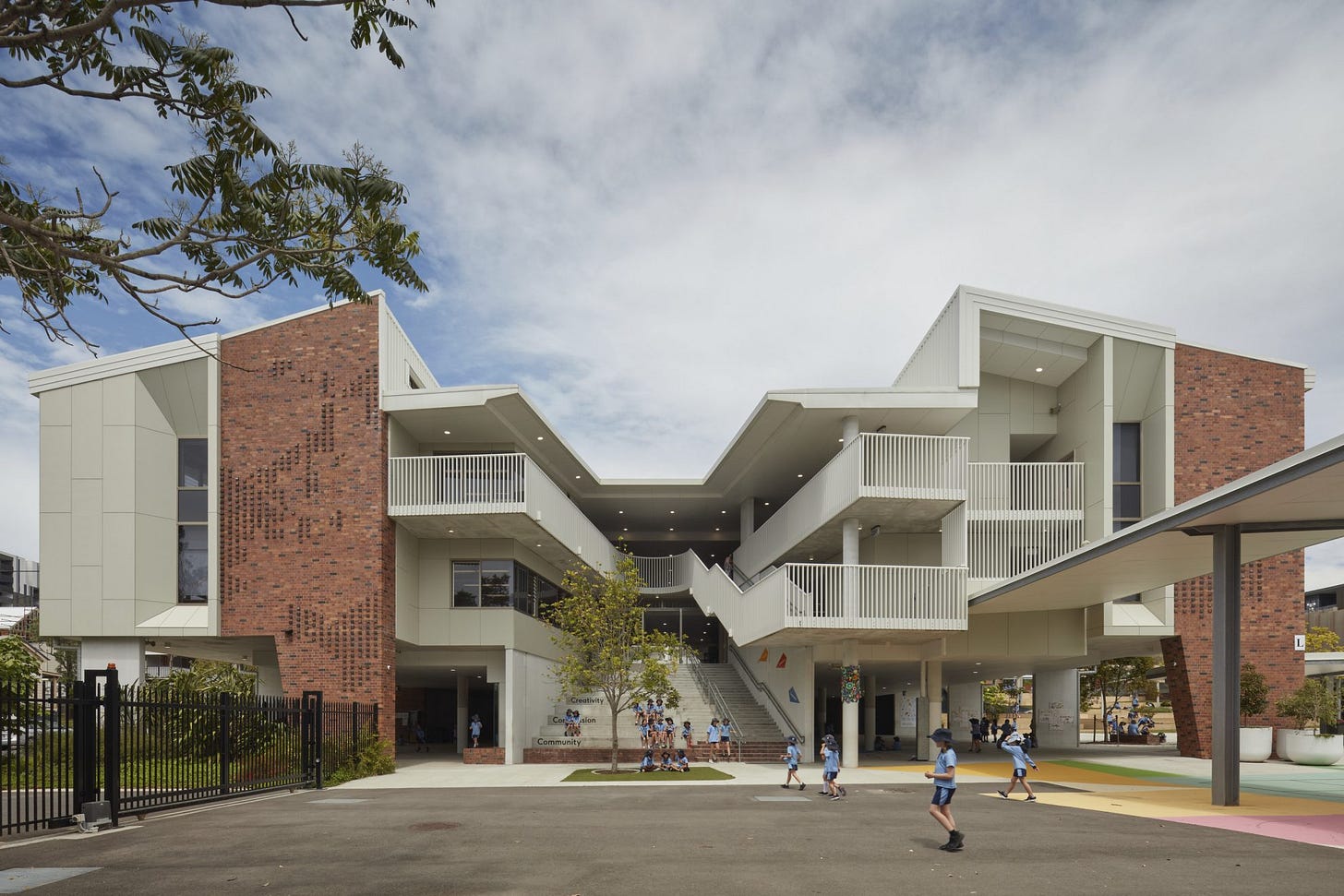
How we manage urban renewal in Australia
Urban renewal in Australia typically goes like this:
Ageing industrial or brownfield area is slated as a growth area and gets upzoned to allow for the desired mix of land uses and density;
Private developers buy up sites, iteratively redeveloping the area in small stages according to demand;
As the area renews and the population grows, infrastructure begins to strain. Roads are not wide enough. Traffic gets worse. Schools are overcrowded. It becomes clear that there is nowhere near enough public space; and
Buckling to community pressure, the public sector begins retrofitting the neighbourhood with facilities and infrastructure.
By the time we've reached step 4, the damage is done. Retrofitting an established neighbourhood with major infrastructure like a heavy rail line is highly complex, cost-prohibitive, and painfully slow due to the sheer burden of procedural glut from community engagement, character studies, business cases (I could go on) required.
Sure, established schools can be expanded, but only through significantly more expensive campus-style multi-storey typologies, or via buying up expensive adjacent sites that are now more expensive due to them being part of an up-and-coming community. Want the Government to buy up some sites in an established neighbourhood purely for a new park? Forgeddaboudit!
Meanwhile there are dozens of desirable Australian suburbs out there with a high frequency train service that are significantly underutilised because they’re surrounded by low density suburban homes. Want to upzone those areas? I wish you well in all of your endeavours.

How we should manage urban renewal
Urban renewal is at its best when we lead with the infrastructure — being proactive, not reactive.
This means the public sector making strategic investments in an emerging neighbourhood's most important ingredients first, to set communities up for success, while growing cities in a functional, sustainable way.
To return to the point of this article: We should build train stations in the middle of nowhere.
This could look like this:
Ageing industrial / brownfield area is slated for renewal;
Government undertakes positioning, visioning, strategy, and design exercises to define an aspirational final form for the area;
Using this to inform decision-making, Government then buys up strategically important sites appropriate for infrastructure such as open space, public transport, schools, public housing, community facilities etc;
Government builds (or at least safeguards the sites for) said infrastructure, increasing the value of the remaining sites through establishing a diverse range of quality amenities appropriate for a new community;
With these base ingredients established, now Government upzones the area, releasing sites to the private sector for development, meanwhile Government pockets the value uplift from the upzoning and from their own investment in infrastructure;
Private developers buy up sites, iteratively redeveloping the area in bite-sized stages according to demand; and
Birds return to the forest; nature heals.
In the long term, this approach is cheaper, easier, more sustainable and creates better communities, as well as opportunities for the Government to offset costs from upzoning-related value capture.
Why don’t we do this?
Australia is a wealthy country, full of educated people, so why would we consistently do something so important, so wrong, for so long?
In what has become an overarching theme of my writing: That's politics, friend.
To build a train station in an area without people is to give your political opponents something to point at when they yell about how dumb you are.
Delivering a new train station with the full intention of it being barely used for a decade plus doesn't exactly map onto a political system with 3 to 4-year term limits and a misguided (and dare I use the world’s most meaningless and annoying word: Neoliberal) obsession with feasibility.
Australian modes of governance are not great at delivering infrastructure
In what is both a bug and a feature of our system, we are really great at giving communities a say in what happens to their neighbourhoods. Democracy!
A consequence of this is that retrofitting existing communities with infrastructure is so arduous, costly and time consuming, that it is increasingly becoming impossible. Also, democracy!
For better or for worse, Australian modes of governance are not great at delivering infrastructure — particularly when retrofitting existing urban areas.
Why? Imagine the realities of trying to build a new train line through several existing suburbs — where every man's home is his Castle (and nest egg). Acquiring land from farmers or large industrial sites is one thing, but doing it in a fully urbanised city, where every 10 metres might cost you a million dollars just to get the land, and when every other ten metres is a fight to the death with someone who doesn’t want to move. It’s simply not possible under any reasonable cost or timeframe scenario.
This is why we basically can’t do these types of projects anymore — to avoid the wrath of Darryl Kerrigan.
We need urban renewal strategies that work within the limitations of our system
Then there are countries like China or Saudi Arabia, that benefit from an abundance of shall we say, political will to deploy resources. Suffice to say, they don’t suffer under these kinds of self-inflicted problems. In such places, local concerns are brushed aside for The Greater Good - as defined by unelected rulers.
When you think about it this way, you can see how China managed to build 45,000km of high speed rail since 2008, while we jeer at our own feasibility-obsessed attempts on Utopia — Australia's most prescient documentary series.
This is of course not to argue that we should discard our mostly fine democracy for an autocratic nightmare, just because we'd like a high speed rail network.
But! We should acknowledge that our system has some pretty serious constraints in retrofitting cities, and we should therefore pursue growth strategies that work within these constraints.
Business cases do not capture the true value of permanent infrastructure
Rooted deep within the black heart of neoliberal governance is the business case.
On paper, the business case seems like a very sensible thing to do. They inform decision making and resource allocation through justifying investments in infrastructure by detailing the project's alignment with broader strategic goals, financial feasibility, and expected benefits and risks.
What could be bad with making an informed decision about large scale spending? Nothing in principle, but when you zoom out the fact remains that if we’d had business cases in the 1800s, we’d basically have no rail infrastructure at all. But in hindsight, nobody in their right mind questions the value that our historic rail networks have brought to our country — it’s just a matter of how long it takes for that “return on investment” to be realised.
The Sydney Opera House famously had massive cost blowouts of 1,300%, but who would question whether it has paid for itself today, as the single defining image of the country?
The Sydney Harbour Bridge was built with an enormous degree of redundant capacity, far beyond what was required in the early 20th Century. If it were built today, it would be a toll road, with two traffic lanes each way, no rail capacity and above all else, it would be fucking hideous. But dear reader, you can rest assured that it would be feasible.
My point being, that if we view every infrastructure project through the lens of the business case, we guarantee that nothing with any significant ambition, beauty or long-term legacy will ever happen again. Through this hyperfinancialised, near-sighted mindset, we have created a society where old men cannot plant trees in whose shade they shall never sit.
This is not to say that we should abandon all business cases at all times, but we do need some kind of pre-business case decision making mechanism that allows some projects to be exempt from such cold, grubby decision making criteria.
We need the ability to ask the question: Is this obviously going to work out in the long run? If so, just get on with it!
We need to change how we view infrastructure, philosophically
Australia’s terminally near-sighted and feasibility-driven understanding of public transport infrastructure means that we:
a) Couldn’t imagine building a train station where there wasn’t anyone around to use it, but also:
b) Couldn’t imagine sending a new train line through an existing suburb, because can you imagine the headaches?
This self-inflicted paralysis entrenches inequality in our system in a way that is worsening quite quickly. But here we find ourselves — these are the conditions we must work within. So, what can be done?
To solve a problem that is purely political in nature, a fundamental change in values is the only remedy. Or, to borrow a modern phrase: we need a vibe shift (I’m so sorry).
Public transport doesn’t need to be feasible
Australians need to change how we view the role and cost of public transport infrastructure to be similar to how we currently view roads. That is: we need to view (and fund) high quality public transport as the non-negotiable base ingredients of a successful community that are essential for the growth and functionality of cities.
Importantly, we need to stop expecting public transport infrastructure to make enough money to justify its existence. That’s not what public transport is for. Public transport is a tool for the sustainable growth of cities, reducing congestion, connecting economies, reducing carbon emissions, and enabling the autonomy of the community.
Holding transit projects hostage to narrowly defined financial feasibility criteria, just undermines all of those reasons we wanted it for in the first place.
When public transport is too expensive or too infrequent → less people use it → which leads to less investment in public transport → which leads to lower quality public transport and / or less frequent services → which in turn leads to less people using it — and so on and so forth.
This self-defeating doom loop then has the inverse effect on roads. If the public transport network sucks → more people use the road network → then, because more people are driving everywhere, traffic gets bad → which creates the rationale for more road infrastructure spending — and so on and so forth.
If you want to realise the benefits of public transport, you need to make it more desirable than driving a car — and that means making it good. Yes, I am aware that I’m making the “Real public transport hasn’t been tried” argument, but it hasn’t! Half of the population of Australia’s 5 major cities don’t have sufficient access to public transport, with lower-income suburbs worse off in all but one city.
So, what if we changed how we value public transport to be more like how we value roads? Well, we just need them, so we build them — simple as that. The money simply materialises out of nowhere because it is a given. It is the minimum expectation of everyone, that roads should be everywhere.
The catch? This approach of leading with infrastructure requires a long term, future-focused mindset and delivery model that is comfortable with large scale public expenditure, with years of redundancy while the precinct renews and gains momentum. Or — you have to be comfortable with putting in the plumbing early, even though no-one is living in the house yet.

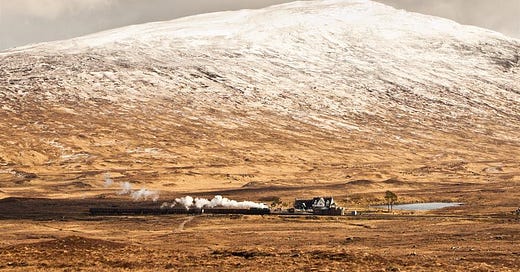



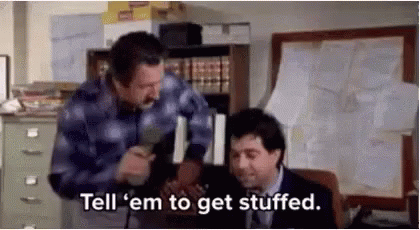
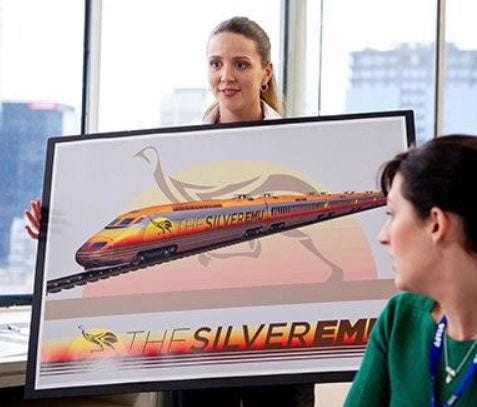
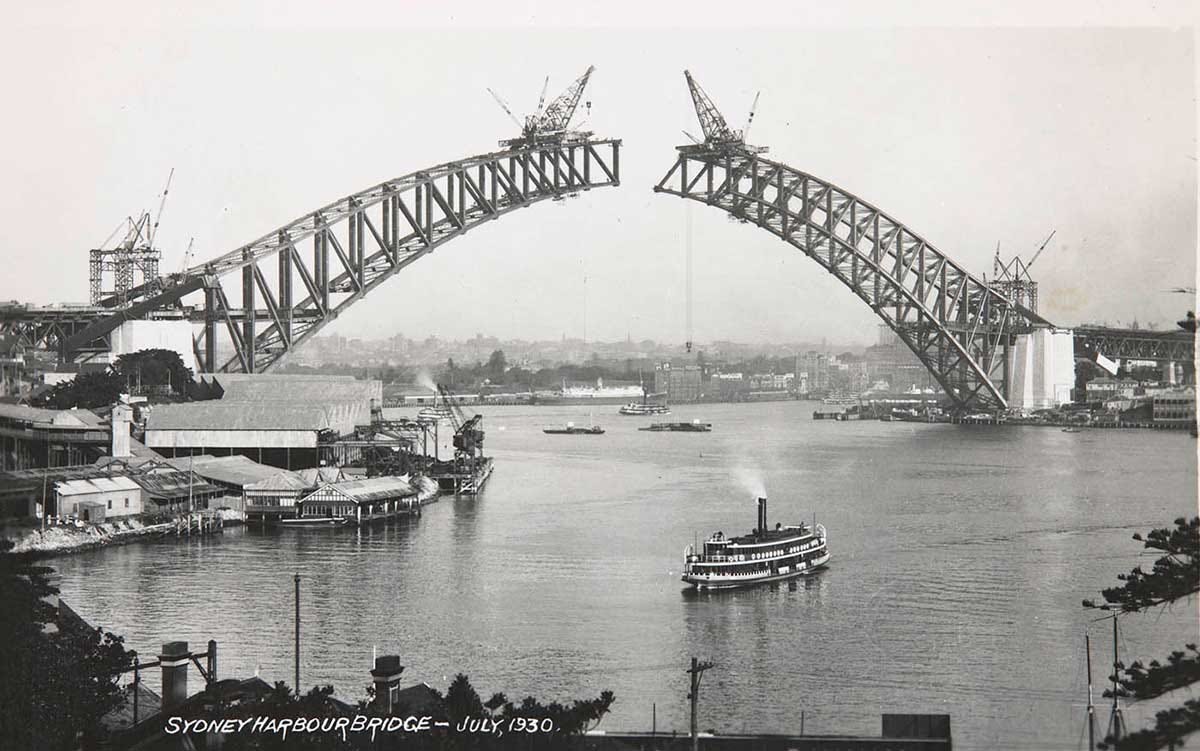
I think you're far too conservative. Instead of "sustainably" expanding existing cities we should just go out and build new cities. Australia has a fuck tonne of coastal available.
Step 1 - find a coastal region that can accommodate a large deep sea port.
Step 2 - Commission a large port. Build some roads connecting into existing highways.
Step 3 - Turn the place into an SEZ. Firms will get special tax incentives to move there. Focus first on getting anchor employers and export industries instead of some utopian idea of public amenities. Relax some migration rules for the city. Instead of giving it some cringe low density Anglo Saxon zoning laws, we have Japan style zoning laws.
Step 4 - Rinse repeat every 10 years or so. We can even name the city after the PM who permitted it to give them an ego boost. We also re-ignite the pioneer spirit of Australia without the genocide.
It seems wild to me that Australia has a housing crisis when it has so much prime land available for development. Grow some balls for fucks sake.
Its a tough one because it goes against so many sacred cows in our society. If it works, it is bloodly brilliant. If it fails there are public executions of public figures expected to happen at noon on a given day. I recall a lecturer at Uni saying the cows in Albury Wodonga graze on the most expensive paddocks in Australia given the forward infrastructure (water and sewerage trunk infrastructure pipes) put into the ground below their present day hoofs in the 1970's to accommodate future population of this nominated growth area.
I am not against the idea, but it requires a complete rethink about how we "do" urban / metropolitan development. We have adopted the laissez-faire model with resulting multiple development fronts and all the while the responsible level of government or government agency is playing catch up to the most squeaky wheel.
I just don't see the political will and business support to bring about the necessary changes, unless we Australians all suddenly turn revolutionaries and I can't see that happening.
While slightly off topic, it does go part of the way towards what you are speaking of here - the difference between Leadership and Management - I saw a brilliant video on YouTube yesterday that was one of the most wide ranging talk on this subject matter and it was IMHO food for thought about how we can implement change in any area (https://www.youtube.com/watch?v=qzoIAJYPQwo).